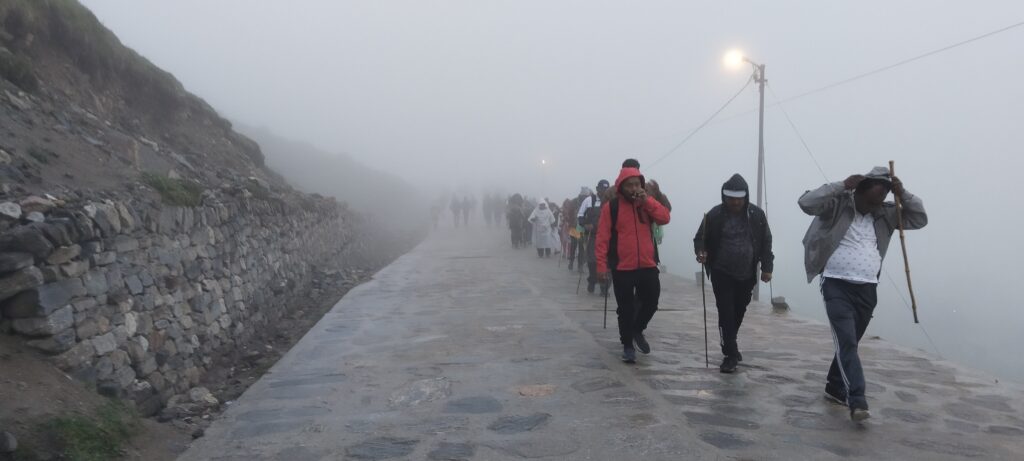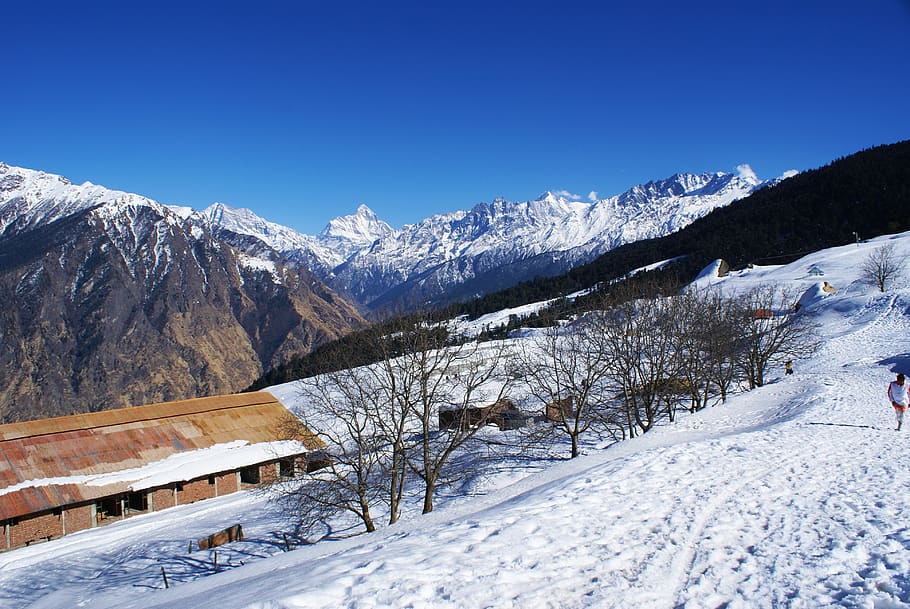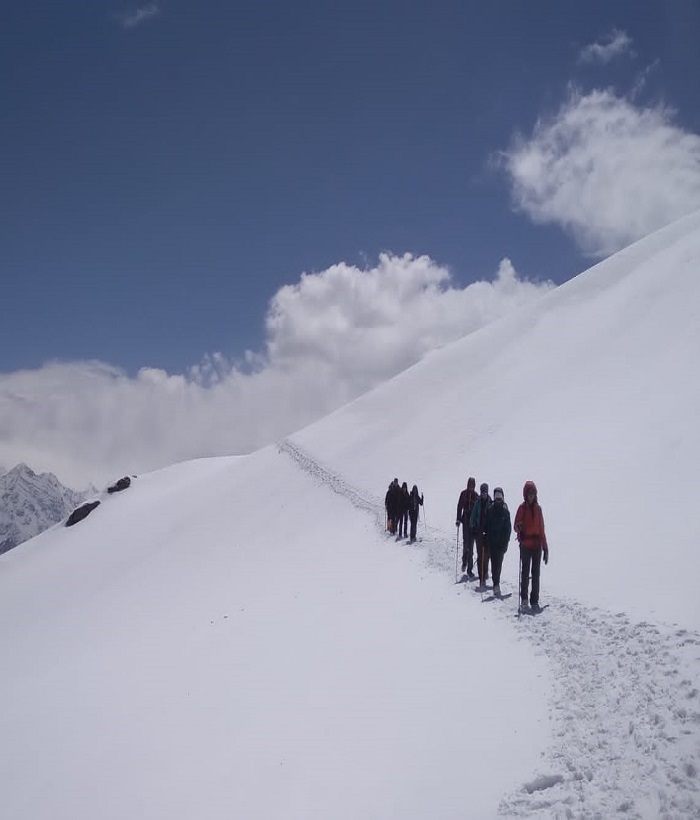Badrinath is one of the holiest pilgrimage sites for Hindus, located in the Chamoli district of Uttarakhand, India.Badrinath is dedicated to Lord Vishnu and is one of the four sacred shrines of the Chardham Yatra.
Brief Description About the Badrinath
Badrinath is one of the holiest pilgrimage sites for Hindus, located in the Chamoli district of Uttarakhand, India.Badrinath is dedicated to Lord Vishnu and is one of the four sacred shrines of the Chardham Yatra. It holds great religious significance, particularly among Vaishnavites.The centerpiece of Badrinath is the ancient Badrinath Temple, a marvel of architecture. It houses a sacred black stone idol of Lord Vishnu in a meditative pose. Pilgrims visit the temple to seek blessings, offer prayers, and experience the spiritual aura of the place. The rituals, pujas, and aartis add to the sacred atmosphere.
Badrinath is situated in the Garhwal Himalayas, surrounded by towering peaks, including Neelkanth. The Alaknanda River flows beside the temple, adding to the serene setting.Nearby is Mana Village, considered the last inhabited village before the Chinese border. It has a unique culture and is often visited by pilgrims.Badrinath is typically the last stop on the Chardham Yatra pilgrimage circuit, which includes Yamunotri, Gangotri, Kedarnath, and Badrinath itself.The Badrinath Temple opens for pilgrims during late April or early May and closes around November, depending on weather conditions.
During the harsh winter months, the temple is closed, and the deity is shifted to the nearby village of Pandukeshwar.The journey to Badrinath often involves road travel, but it can also include trekking segments, offering both spiritual and adventure experiences.Badrinath, with its spiritual aura, natural beauty, and cultural significance, is a must-visit destination for those seeking a blend of religious devotion and Himalayan tranquility.
Badrinath is situated in the Chamoli district of the Indian state of Uttarakhand. It’s located in the Garhwal region of the Himalayas at an elevation of approximately 3,133 meters (10,279 feet) above sea level. The Badrinath Temple, also known as the Badrinarayan Temple, is the main attraction. It’s an ancient and revered shrine dedicated to Lord Vishnu in his form as Lord Badrinarayan. The temple’s architecture is distinct, with a tall spire and intricate stone carvings.
According to Hindu mythology, Lord Vishnu meditated in the area for thousands of years, seated in the form of Badrinarayan, as a means to counterbalance the heavy sins of Kali Yuga (the present age). This is why the temple is considered highly sacred.Badrinath is one of the Char Dhams, which are four sacred pilgrimage sites highly significant to Hindus. Pilgrims visit these sites to attain spiritual merit and seek blessings.
Mana Village, located near Badrinath, is a picturesque hamlet often visited by pilgrims. It’s known for its unique culture and folklore. The village is also said to be the winter home of Lord Badrinarayan when the temple is closed due to heavy snowfall.Tapt Kund is a natural hot water spring located near the temple. Pilgrims often take a holy dip in the Kund before entering the temple. The water is believed to have healing properties.The Neelkanth Peak, with its snow-covered slopes, towers over Badrinath and adds to the stunning backdrop of the temple. It’s named after Lord Shiva’s blue throat, which turned blue after he consumed the poison during the churning of the ocean.
Interesting fact about the Trek
- -Inside the Badrinath Temple, there's a natural rock formation that resembles a lingam (an abstract representation of Lord Shiva).
- - Adi Shankaracharya, a great philosopher and theologian, is credited with discovering the deity of Badrinath in a meditative state and establishing the temple in the 8th century.
- - Near Badrinath, you can visit the Vyas Gufa (Vyas Cave), which is believed to be the place where Sage Vyas composed the Mahabharata, one of the longest epic poems in the world.
- - Badrinath is mentioned in several ancient Hindu scriptures, including the Vedas, Puranas, and the Mahabharata.

























